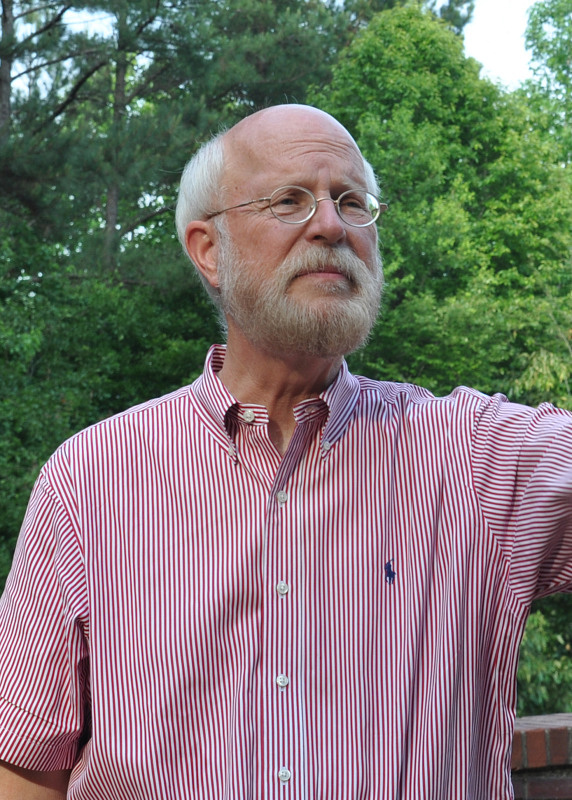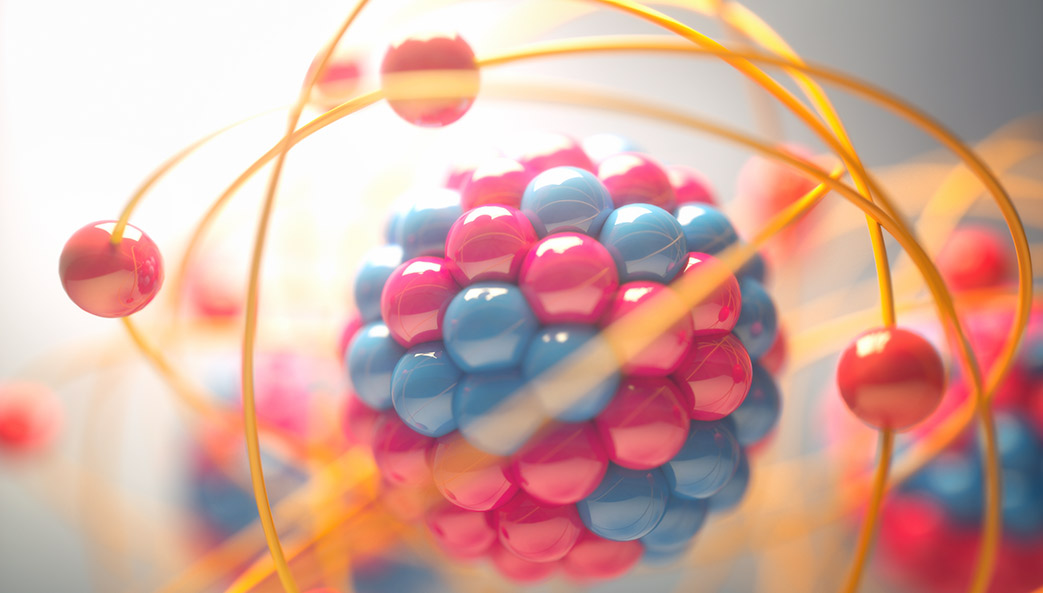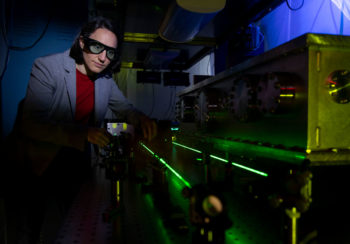Henry “Fritz” Schaefer’s chemistry career began with a bang—an explosion that trashed a fume hood in his organic chemistry class at MIT. His instructor, on seeing the damage the undergraduate’s botched experiment had produced, quipped, “Schaefer, have you ever considered theoretical chemistry?”
“I didn’t even know what theoretical chemistry was,” Schaefer recalls. “It was pure prediction on his part.” But the instructor’s prognostication would prove correct—Schaefer, director of UGA’s Center for Computational Chemistry, now works with quantum equations and computer simulations rather than exploding lab equipment. Over his 50-year career, more than 170 of his theoretical predictions have been borne out by later experiments, weaving his theory work into the very structure of modern chemistry.

It was a quantum mechanics course in his junior year at MIT that steered Schaefer into the field he would come to shape. In contrast to chemical engineering (“Boring,” he says.) and organic chemistry (“The explosion was fun, but I was very slow in the lab.”), Schaefer found the elegant and often counterintuitive language of quantum physics simply “beautiful.”
“It was my first passion for anything in science,” he recalls.
It was also an ideal time for a chemist to get involved in quantum mechanics. The very first computers powerful enough to simulate more than the very simplest molecules were coming online, and no theoreticians were talking about using these simulations to make chemical predictions that hadn’t been—or couldn’t be—carried out in the lab.
“It was a radical idea,” says Schaefer, “and everybody kind of laughed at it.”
The field would take the idea much more seriously after 1970, when Schaefer toppled the scientific consensus on the structure of a deceptively simple molecule. Methylene (CH2), according to the best experiments at the time, was linear: hydrogen, carbon and another hydrogen atom, arranged all in a row. But Schaefer, by then a 25-year-old assistant professor at the University of California, Berkeley, and his friend Charlie Bender wondered if they could challenge this orthodoxy. Using a then-cutting-edge UNIVAC 1108 computer, Schaefer and Bender calculated that the best configuration for the three atoms was actually bent, at an angle of approximately 135 degrees.
“I became more aware it was a big deal after I saw the response to it,” recalls Schaefer. “Two very good experimental groups started working almost immediately after we published our paper. They published three months later and showed that we were right.”
It was the start of a productive career, leveraging ever-increasing computing power to reshape chemists’ theoretical understanding of everything from the structure of humble methylene to the complex chemical reactions behind radiative damage to DNA.
The fundamental challenge for computational chemists hasn’t changed in the half-century since Schaefer entered the field. For big enough molecules, like enzymes and DNA, simulations can get reasonably accurate results by pretending that atoms follow classical Newtonian physics, like balls tied together with elastic molecular bonds. But at the quantum level, atomic interactions are so complicated that simulating them exactly would rapidly overwhelm the capabilities of any computer.
Theorists have spent years coming up with clever methods for simplifying this intricate physics. For instance, they will often approximate the shape of electrons’ orbits as something much easier to computationally manipulate, or will ignore the electrons too close to the center of an atom to participate in molecular bonds. These and other simplifications make impossible calculations merely difficult, but they also introduce inaccuracies—small in some situations, much bigger in others.
Once you understand the math and physics, the hard part of quantum chemistry is deciding which approximations to use, and whether the inaccuracies they introduce are tolerable, correctable or fatal. This is the balancing act Schaefer has been performing, albeit with increasingly powerful computers, since his first simulations as an MIT undergraduate.
In 1987, Schaefer moved from Berkeley to UGA to become director of the university’s new Center for Computational Chemistry. While publishing dozens of papers each year applying new theoretical models to new molecules, Schaefer’s group has also been focused on harnessing new computing advances to speed up quantum simulations as rapidly as possible.
Computing speeds accelerated nearly exponentially throughout the 20th century thanks to rapid declines in the size and cost of transistors, but in recent years that decline has slowed. Engineers have continued to build increasingly fast computers increasingly cheaply, however, by splitting their computational load across many different processers, a process known as parallelization.
There’s just one problem. Quantum computing calculations, which consider the molecule as a unitary whole, are hard to split up in this way. “There’s a lot to be done there,” says Schaefer. “We were the first to develop quantum chemistry methods for the IBM hypercube, which was the first widely available, highly parallel machine.”
And as the computers speed up, Schaefer refuses to slow down. Open heart surgery in 2003 kept him out of the lab for only two weeks. “The first day I came back, I really looked like death warmed over,” he says. “But I love what I’m doing. I’m passionate about quantum chemistry, so I wanted to get right back at it.”
On May 8, Schaefer will receive the Gold Medal from the American Institute of Chemists. Six of the past 13 recipients of the AIC Gold Medal, the organization’s highest award, have received the Nobel Prize.






